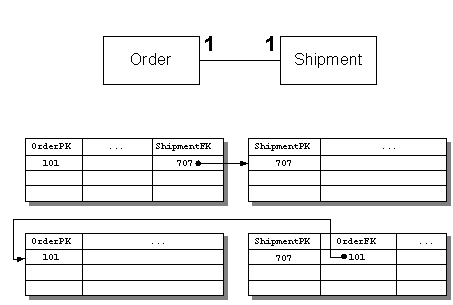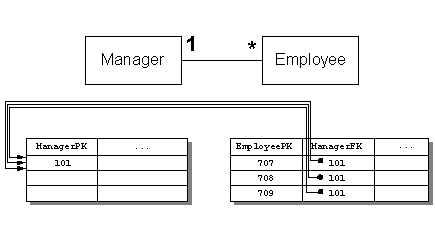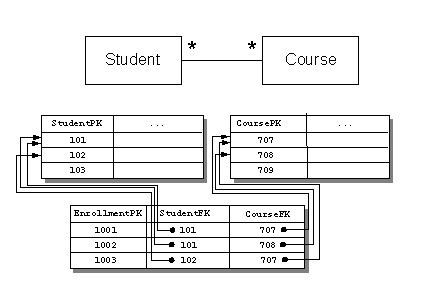Relational Databases: Difference between revisions
| Line 4: | Line 4: | ||
* [[Databases#Relational_Databases|Databases]] | * [[Databases#Relational_Databases|Databases]] | ||
=Overview= | =Overview= | ||
A relational database is also called an RDBMS (Relational Database Management System) or SQL database. Relational database represent data as "relations" ([[#Table|tables]]), where data is organized in rows and columns. The relational model was introduced in 1970 by E.F. | A relational database is also called an RDBMS (Relational Database Management System) or SQL database. Relational database represent data as "relations" ([[#Table|tables]]), where data is organized in rows and columns. The relational model was introduced in 1970 by E.F. Codd in the "A Relational Model of Data for Large Shared Data Banks" paper, and since then, the relational databases have been used across the software development industry for nearly all types of problems. | ||
Data is stored according to an apriori defined schema. Related data from two more more different tables can be extracted with a join. Users can run SQL queries to retrieve data from one or multiple tables. | Data is stored according to an apriori defined schema. Related data from two more more different tables can be extracted with a join. Users can run SQL queries to retrieve data from one or multiple tables. | ||
Revision as of 21:19, 22 May 2024
Internal
Overview
A relational database is also called an RDBMS (Relational Database Management System) or SQL database. Relational database represent data as "relations" (tables), where data is organized in rows and columns. The relational model was introduced in 1970 by E.F. Codd in the "A Relational Model of Data for Large Shared Data Banks" paper, and since then, the relational databases have been used across the software development industry for nearly all types of problems.
Data is stored according to an apriori defined schema. Related data from two more more different tables can be extracted with a join. Users can run SQL queries to retrieve data from one or multiple tables.
Relational Databases
Table
Multiplicity (Cardinality)
The cardinality specifies how many instances of data can participate in a relationship. There are three different types of cardinality:
One-to-One (1:1) Relationships
In a one-to-one relationship, each constituent can have at most one relationship with the other constituent. 1:1 relationships are typically set up by a foreign key relationship in the database. The foreign key column can be set in either table. In practice, 1:1 relationships will be combined into a single table, rather than having a relationship between two separate data objects, so 1:1 relationships are not very common.
One-to-Many (1:N) Relationships
1:N relationships are also typically set up by foreign key relationships in the database. In the example above, a one-to-many relationship is "a manager has many employees who report to her". This relationship is implemented in the database by having each employee row contain the manager's primary key, as a foreign key. Thus, the employees are pointing back to their manager. This may seem backwards if we want to get from the manager to the employees. It works, however, because the database doesn't care, it is a flat structure without a sense of direction. You can construct queries that get from the manager to employees.
Many-to-Many (M:N) Relationships
M:N relationships are typically set up by an association (or link) table in the database. An association table contains foreign keys to two other tables.
Directionality
Specifies the direction in which the relationship can be navigated.
Bidirectional
Unidirectional
Normalization
TODO
Object IDs
When persisting objects in a relational database, it is generally a good idea to have one field in the object that uniquely identifies the object.


